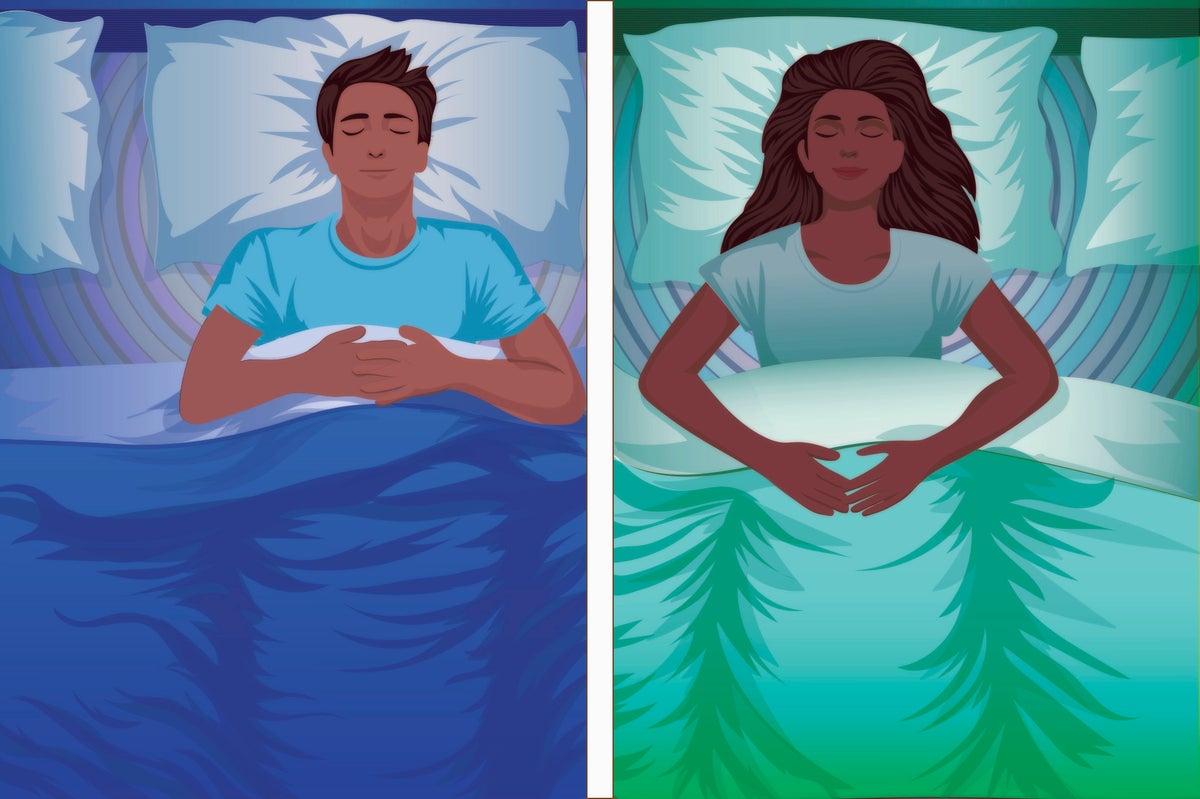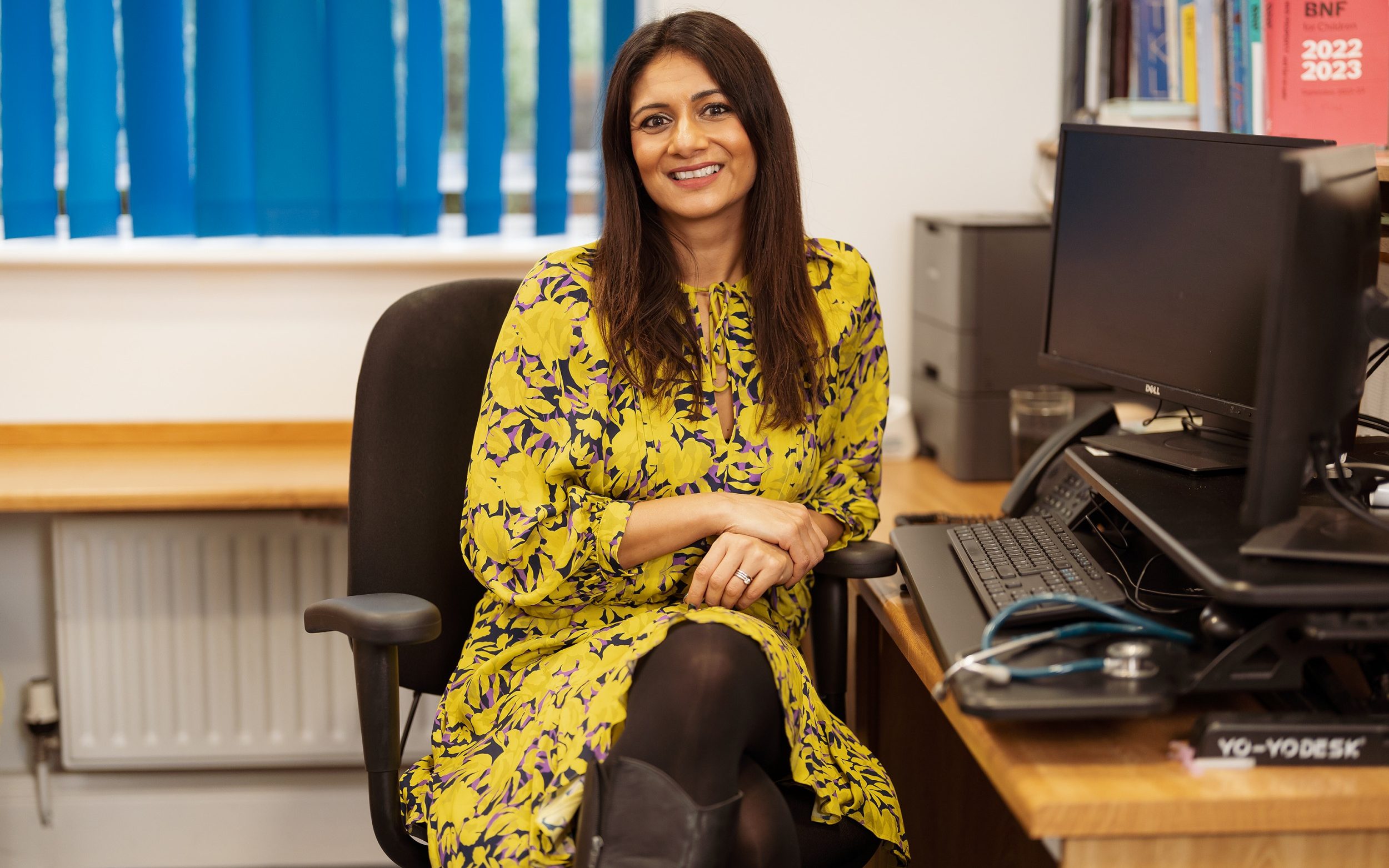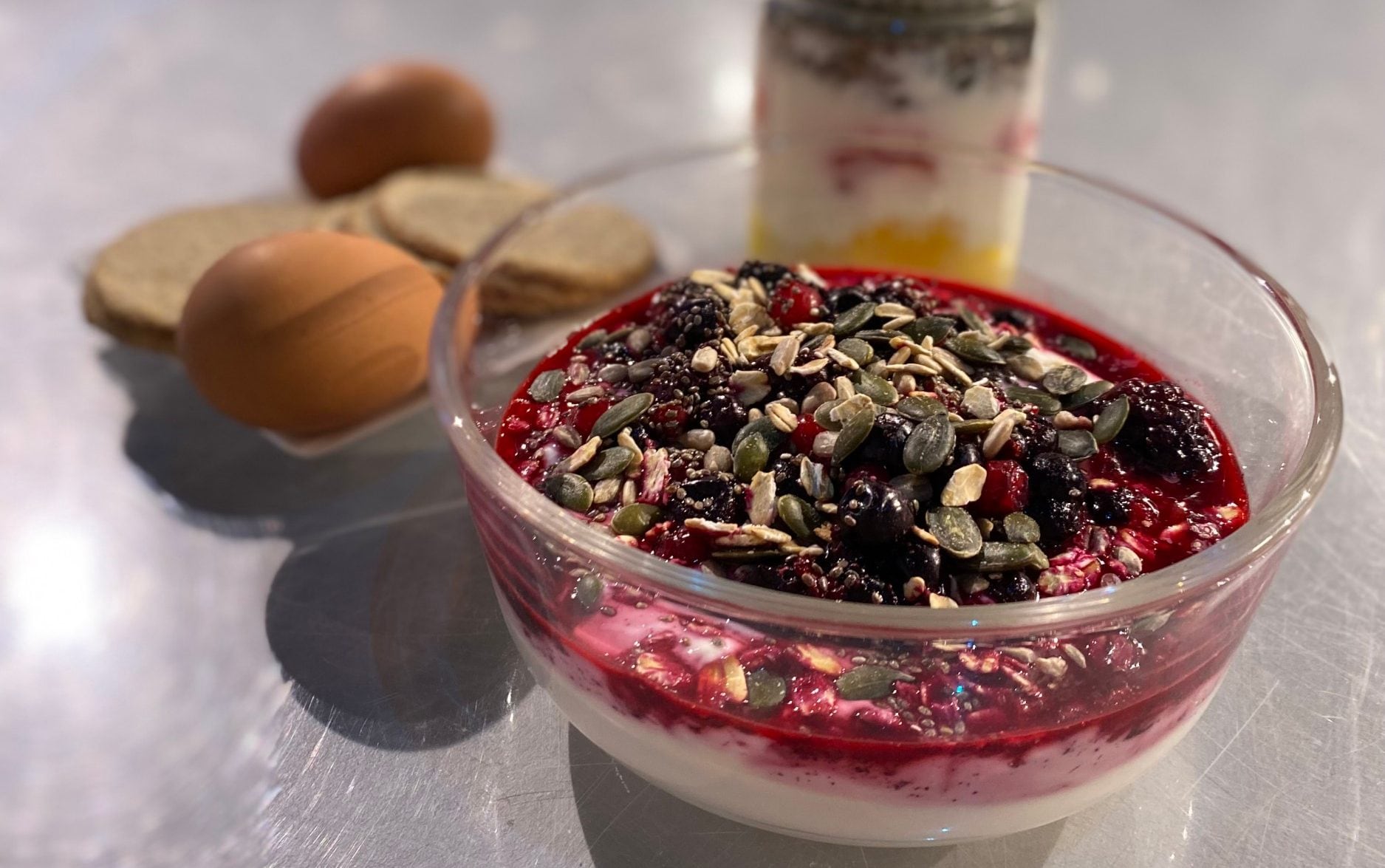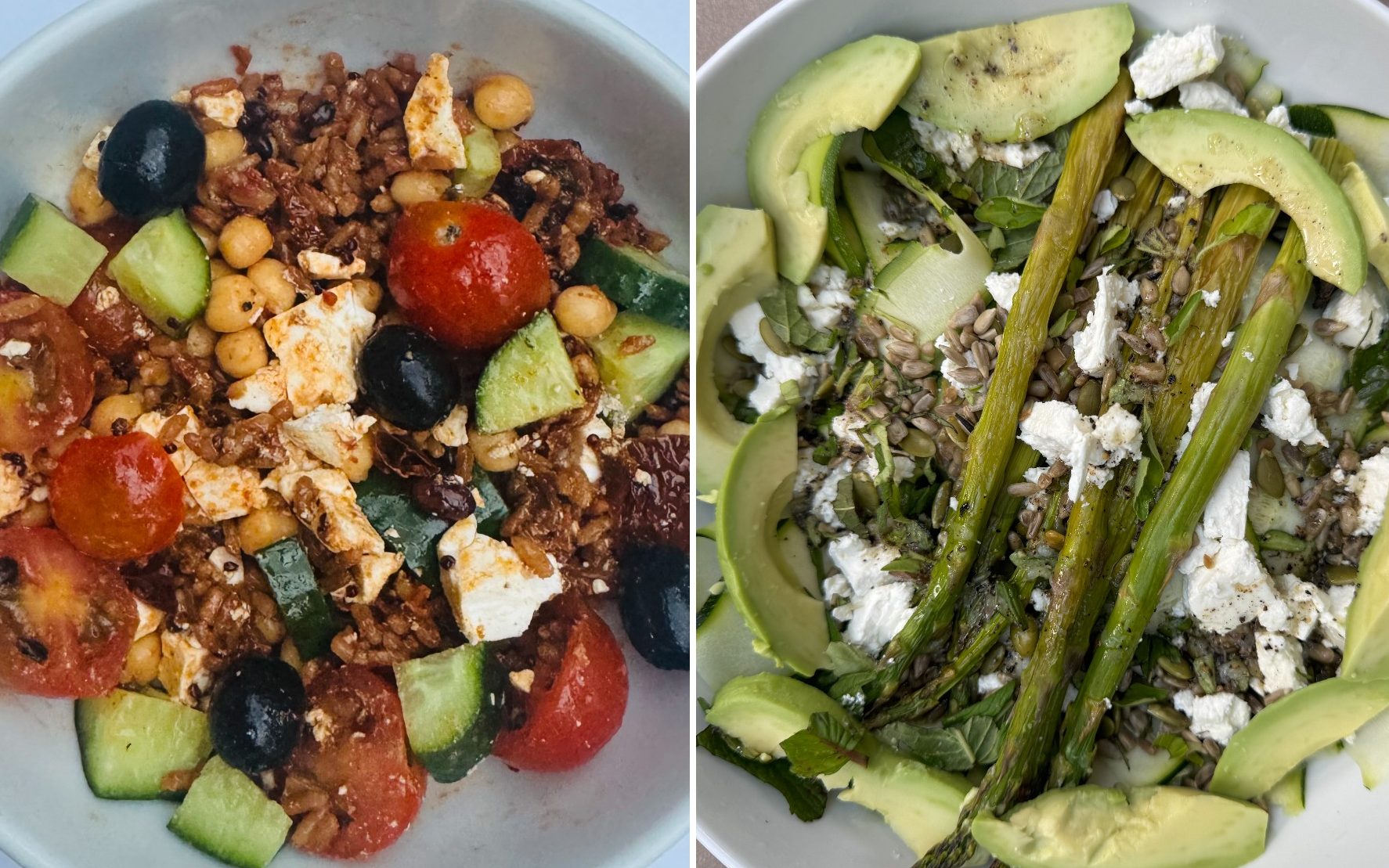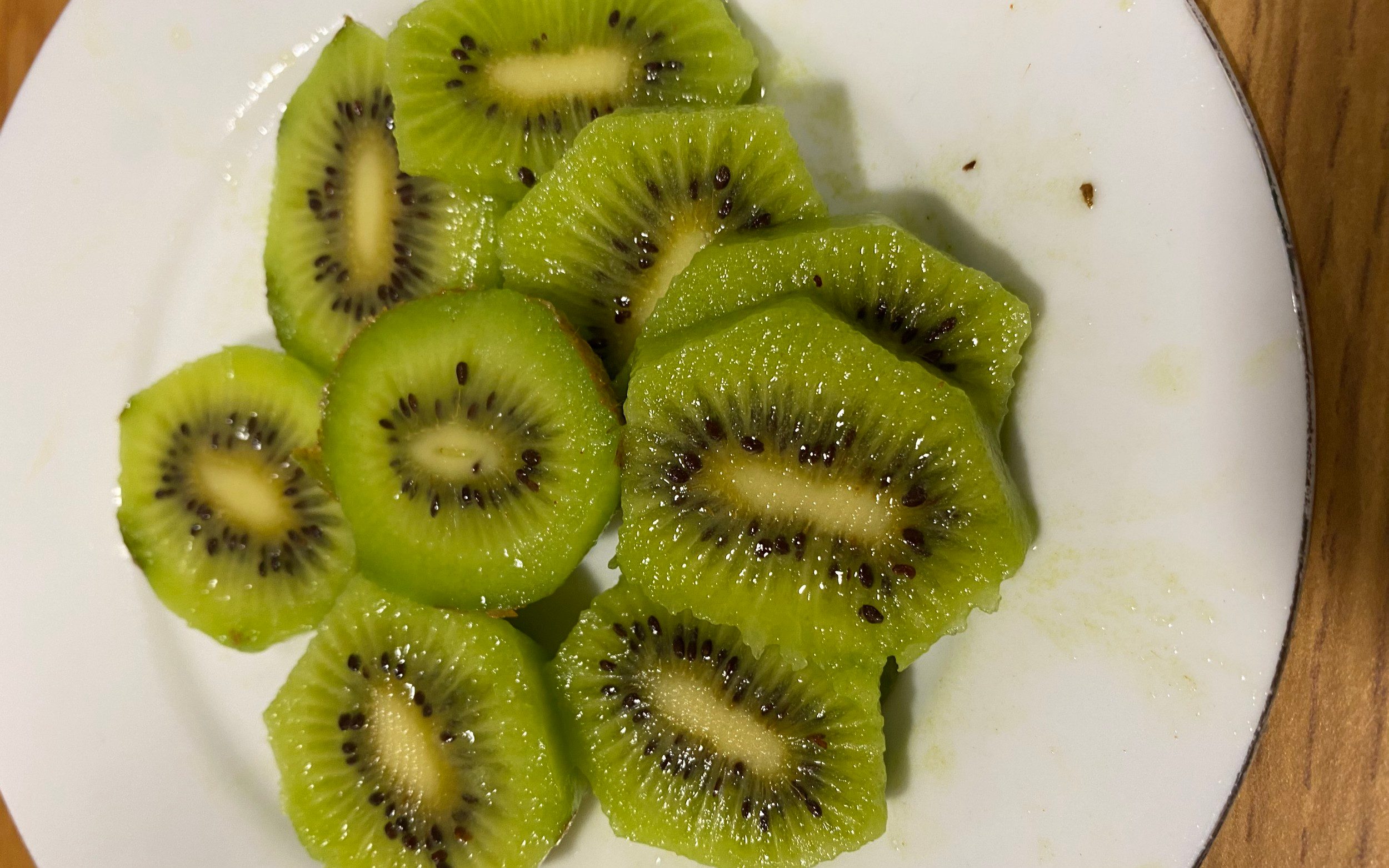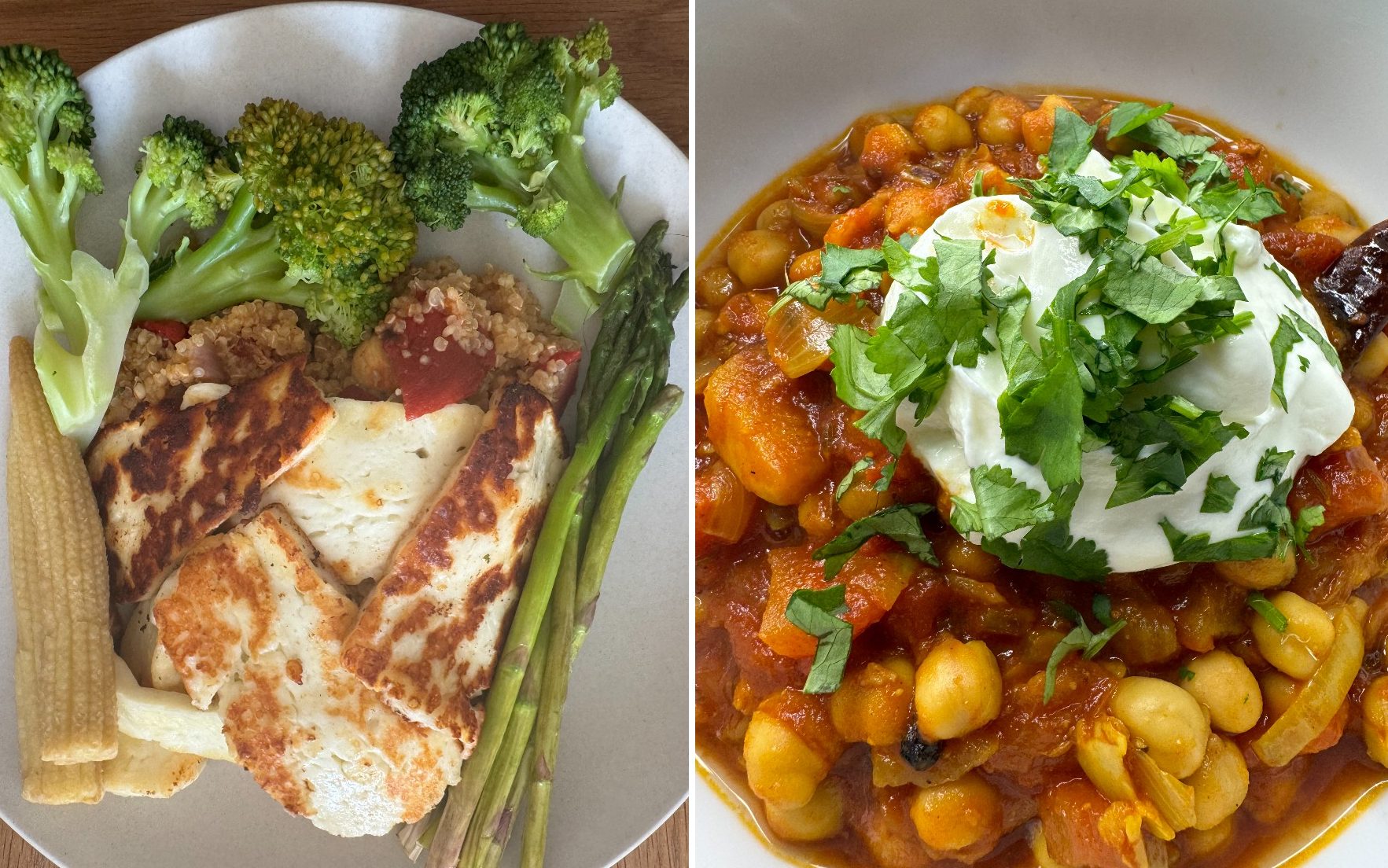Young adults who work from home may experience negative effects on their health due to reduced physical activity, potentially resulting in about half an hour less exercise per day.
Research has found that individuals entering their inaugural employment experience obtained an additional 28 minutes of moderate physical activity each day, including activities such as walking or cycling.
They observed an average decrease of 32 minutes in moderate physical activity.
To evaluate how commencing work impacted individuals' physical activity, sleep, and eating habits, researchers analyzed respondents in the UK - ranging in age from 16 to 30 - who participated in a nationwide household survey.
These volunteers reported their employment status annually and, every three years, were asked to detail the amount of exercise they engaged in on a typical weekly basis.
This included moderate physical activity, such as cycling, in addition to vigorous physical activity like heavy lifting or aerobics.
Researchers examined 128 people who telecommuted and a significantly larger group of 3,000 who worked in an office or other workplace.
The decrease in physical activity for people working from home was equivalent to 32 minutes of moderate physical activity each day, or 16 minutes of vigorous physical activity per day.
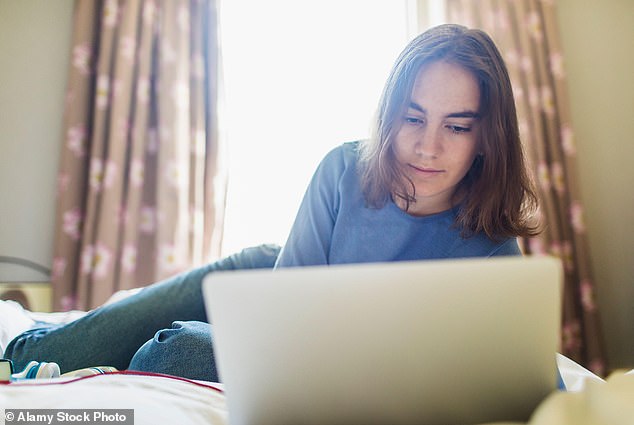
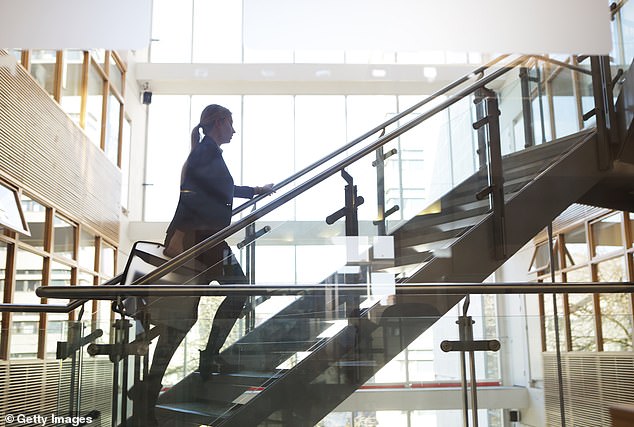

The observed increase in physical activity among young adults was primarily noted in individuals with semi-routine jobs, including bus drivers and hairdressers, as well as people in routine jobs, such as cleaners and waiters, and those with technical occupations.
There was minimal variation observed among individuals entering managerial or professional positions.
The results are published in the international journal of behavioral nutrition and physical activity.
Dr Eleanor Winpenny, a senior author of the study at University of Cambridge and now at Imperial College London, stated: "If we wish to remain healthy over our lifetime, we must remember that engaging in physical activity is a crucial factor in realizing this objective."
‘Those who work from home could look at incorporating physical activity into their daily routine, such as by taking a walk before or after they start work, or taking a short walk during their lunch break.’
Alena Oxenham, co-author of the study from the University of Cambridge, stated: “Starting a job can have a profound effect on our lifestyles and on behaviors that may influence our health, even if not right away, but later in life.”
‘It's encouraging to see that people engage in more physical activity upon starting work; however, these results are consistent with averages, and many individuals, including those who work remotely and, to a lesser extent, office workers, might actually be less active.’
